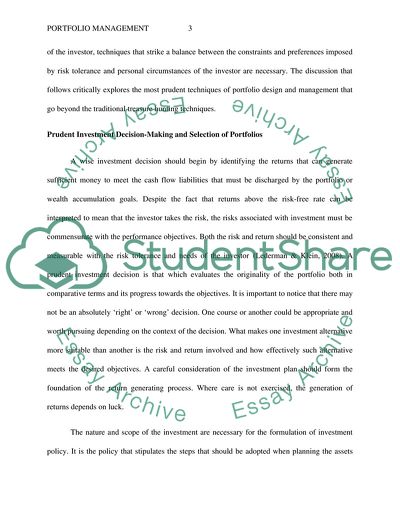Cite this document
(Develop new techniques in portfolio management Assignment, n.d.)
Develop new techniques in portfolio management Assignment. https://studentshare.org/management/1881008-develop-new-techniques-in-portfolio-management
Develop new techniques in portfolio management Assignment. https://studentshare.org/management/1881008-develop-new-techniques-in-portfolio-management
(Develop New Techniques in Portfolio Management Assignment)
Develop New Techniques in Portfolio Management Assignment. https://studentshare.org/management/1881008-develop-new-techniques-in-portfolio-management.
Develop New Techniques in Portfolio Management Assignment. https://studentshare.org/management/1881008-develop-new-techniques-in-portfolio-management.
“Develop New Techniques in Portfolio Management Assignment”. https://studentshare.org/management/1881008-develop-new-techniques-in-portfolio-management.


